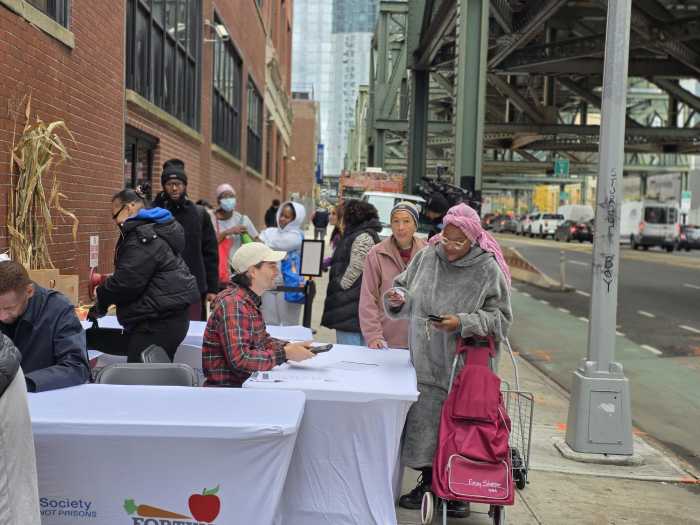Bringing Citi Bike to all five boroughs would be a boon for transit deserts, but it would have to be delivered as a much different-looking service, according to a new report.
Thriving off the transit-rich areas of New York, Citi Bike has become the nation’s most popular bike share network by primarily serving as the last-mile connection to subways or for short trips around the neighborhood, according to findings in a New York University Rudin Center’s report published Wednesday, “Citi Bike: What Current Use and Activity Suggests for the Future of the Program.”
Proving that point, 98% of trips taken last September lasted under 45 minutes and 48% clocked in under 10 minutes. Sarah Kaufman, a co-author of the report, argues that bringing Citi Bike into areas like the Bronx and deeper into Queens can help address the sparsity of subway stops in the boroughs.
It would also help with Citi Bike’s most glaring equity issues: Only 112 Citi Bike stations, or 18%, are located in ZIP codes that have median household incomes of less than $50,000, and only a quarter of all riders last September were women.
“Once the system expands further we’ll see a higher diversity on a lot of counts,” Kaufman said. “We’ll see income diversity, gender diversity and user diversity — but right now it’s in less diverse areas of the city.”
Without relying on the population density of its current network — Manhattan, and more developed areas of Brooklyn and Queens — taxpayer money would be needed to subsidize an expansion in the Bronx, Staten Island and deeper in the outer boroughs, an idea with strong support among city officials.
Motivate, Citi Bike’s operators, would also have to address operational hurdles that will come with moving into less dense, more residential neighborhoods.
Kaufman added that Motivate could take cues from successful bike shares in cities like Portland (Motivate also operates the bike share system there), Washington D.C., and Philadelphia.
“We’ll see some questions of what size the Citi Bike stations should be,” Kaufman said. “It may work to have smaller stations with a high density [of station locations], so that people can still take these short trips — but you may not need the hundreds of bikes you see outside Penn Station, for example.”
Dani Simons, a spokeswoman for Motivate, said an important part of future expansion will be promoting biking as an “affordable and healthy” way to shave meaningful time off commutes, especially in communities where cycling might predominantly be used for recreation.
“It’s really about working with community-based organizations to change the culture,” said Simons, referencing the service’s work in Bedford-Stuyvesant, “and get people to understand the value of the bicycle as a form of transportation.”







































